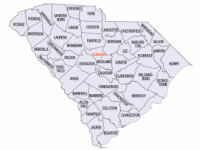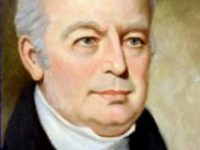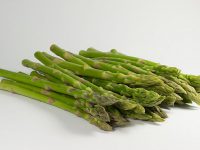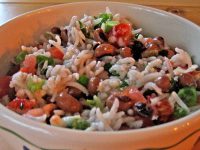HISTORY: Home rule
S.C. Encyclopedia | The Local Government Act of 1975, otherwise known as the Home Rule Act of 1975, was passed by the South Carolina General Assembly to implement the revised Article VIII of the state constitution adopted in 1973 and dealing with local government. As amended, Article VIII conferred home rule on all South Carolina cities and counties and directed the General Assembly to establish standardized forms of city and county government. The 1975 act did this.









 We Can Do Better, South Carolina!
We Can Do Better, South Carolina!

























Recent Comments